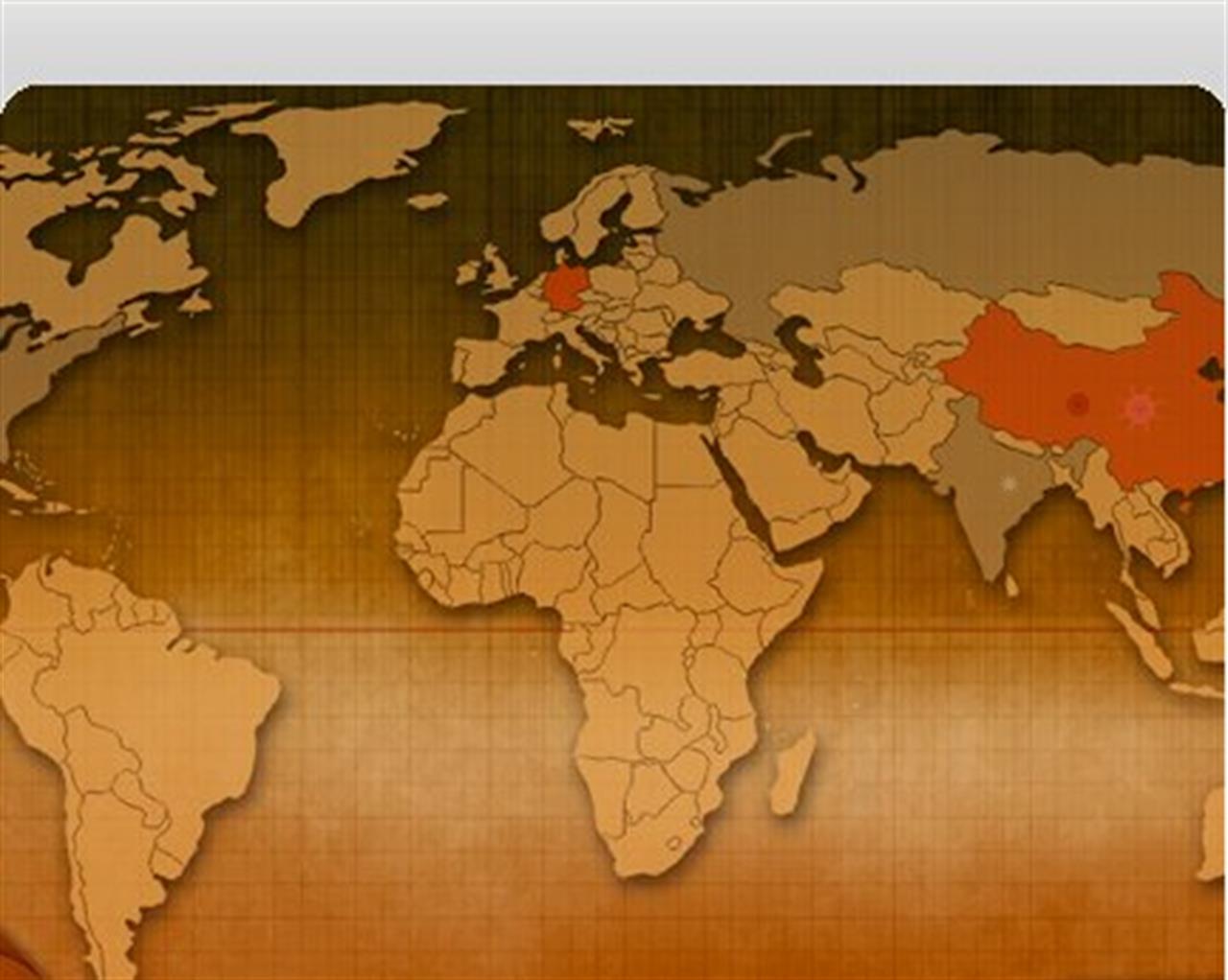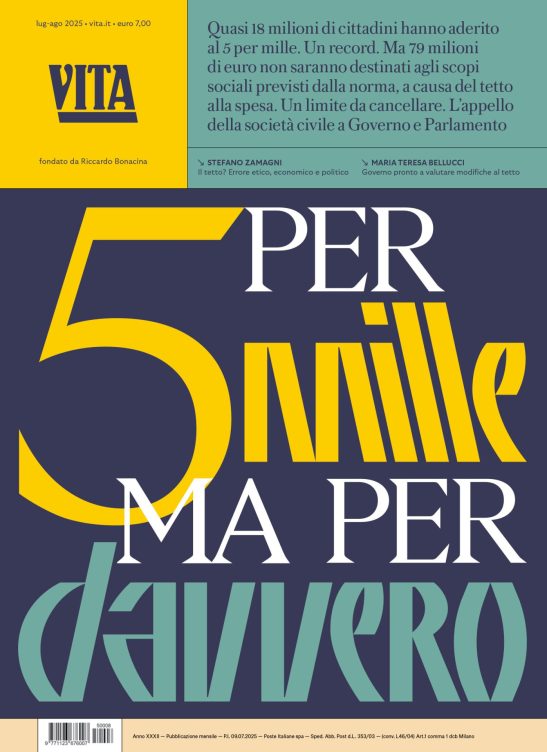Sostenibilità
Watching the earth breath
Graphic design and environmental awareness have more in common that what meets the eye

What do graphic design and environmental awareness have in common? A lot more than what meets the eye, especially when it comes to the art of producing thought provoking infographics. Breathingearth.net, is a visual real-time simulation that displays the carbon dioxide (CO2) emissions, birth rates, and death rates of every country in the world; a website with a green soul. David Bleja, 31, is the man behind the website. Polish by birth, he moved to Australia as a child and now works as a web designer for Museum Victoria, a network of Melbourne-based museums. We spoke to him to find out what inspired him to design breathingearth and what he has in mind for the future.
Where do you draw inspiration from?
I’m inspired by people who strive to make the world a better and more compassionate place, from Ghandi to the ethicist Peter Singer to Tim Costello (a Melbourne-based reverend who frequently speaks out about social justice issues) to ‘ordinary’ people, like my friends.
How and when did you come up with the idea of the breathing earth website?
Actually, it started off as a university project where I was asked to make an information graphic. I didn’t even know what an information graphic was, but I decided that if I was going to enjoy the project, I should use some information that was genuinely interesting to me. Eventually, I happened upon data about birth rates, death rates, and CO2 emission rates across the different countries of the world. I found this data interesting, but because there are about 200 countries, you end up looking at pages and pages of numbers, and it’s quite hard to make sense of it. So, I decided to make something that would visualise all of those things in a simple, digestible way, on one screen.
Why did you choose C02 emissions and birth and death rates as indicators?
I think the issue of CO2 emissions is the most important, though the inclusion of human births and deaths helps us see the CO2 in a more understandable context. I chose CO2 because greenhouse emissions are an immensely important topic and other greenhouse gases didn’t seem to have as much data available. I chose births and deaths because they seemed interesting, but hard to understand when you see the raw data. For example, if a country has 28.58 births per 1000 people per annum, that doesn’t mean much to most people – but when it’s translated in breathingearth into a form where you can see yellow stars popping up, with each star representing one birth, I think it becomes easier to understand.To be honest, I initially planned to show even more things on the map, but once I did CO2, births and deaths, it felt like there was enough happening.
What was the most challenging aspect of designing the website?
Probably the most challenging was the programming code – I’m a designer by nature, not a programmer, so writing the code was very time-consuming for me. Also, even though I was familiar with the data, I think I was a bit shocked when I saw it visualised, and saw just how much disparity there was with the West and the rest of the world. I think this was challenging, because it made me realise that I needed to make some changes to my own carbon footprint.
Did you expect it to be talked about so much on the web?
No, I didn’t expect it to be quite so popular. I guess it resonates with people because it visualises something which is very important, but in a simple and easy to grasp way.
Does the project end here or do you have plans for it to grow in the future?
Since I published it a few years ago, I’ve been coming back from time to time to make improvements to it. I have a couple of ideas for what I might add next, although nothing totally concrete at the moment. Either way, I always try and keep the data up to date when I can.
Do you think of yourself as an environmentalist, or an activist?
In the sense that I consider the environment to be extremely important, I guess you could call me an environmentalist. I try to do certain things in my life that make my own footprint on our planet a less destructive one, and I hope that breathingearth will encourage others to do the same. So, I suppose you could say the breathingearth is my form of activism.
Do you think others in Australia share your fears about climate change?
In word, yes. In action, no. I think quite a few Australians genuinely care about climate change, though we are a very comfortable and complacent nation, and people are ultimately more concerned with maintaining or increasing their wealth and their standard of living. As someone once said, even though climate change is probably the most important crisis ever to confront Western society, we could barely be worse prepared for it, culturally and psychologically speaking. I think this is especially true of Australia. People here are happy to make small changes in their life to help the environment, but if something costs money or requires a significant lifestyle change, most people look the other way. I think that’s one of the reasons Australians are among the worst polluters in the world, per capita.
What do you do in your everyday life to reduce your carbon footprint?
I do a few things, although I could certainly do more. I drive much less than I used to – I usually ride or catch the train. I’ve stopped using planes for now. I recycle and try and buy things with minimal packaging, and all of those obvious things. Though definitely the most significant thing I’ve done is going vegan. Probably the single worst thing we can do for the environment is consume animal products, like meat, dairy, leather or wool, for example. The livestock industry creates more greenhouse emissions (CO2 and other gases) than all of the world’s cars, planes, trains, and ships combined. Unlike transport, however, animal products are completely unnecessary in the vast majority of cases. At the moment, our civilisation can’t function without cars, planes, and trains – so we can only hope to reduce them so much. Meat, dairy and eggs, however, are little more than an extravagance – something we do not out of need, but merely for the sake of our tastebuds, and because we were conditioned to do it by our upbringing. Like most people who go vegan, I found that it forced me to open up my horizons and try lots of new foods, to the point that I now have a more diverse and tasty diet than I did when I was a meat-eater. Things like leather and wool are easy to replace too, as there are plant-based or synthetic alternatives that are more durable, more comfortable, more breathable, and have a fraction of the environmental footprint.
Do you think that websites like yours are part of the solution to environmental problems like climate change?
I think they’re a very small part of it. It’s important to raise awareness of climate change but I think that for the most part, the awareness is there, but the action is still missing. I sometimes fear that we’ve been exposed to information about climate change for so long, that it’s become engrained in our heads that the environment is something you think about, or something you ask other people to act upon, rather than something that you act upon yourself. So far, it seems like most people are waiting for someone else to fix the problem: politicians, corporations, scientists. But it will never work like that. If ordinary people aren’t prepared to take the risks and make the sacrifices that are necessary, then how can anyone expect that politicians and corporations will, especially since both groups tend to be notoriously committed to self-interest? Billions of people are responsible for climate change, and billions of people need to work together to prevent it.
What other projects are you working on at the moment?
Apart from my day job, I’m not working on anything at the moment. In the future, I’d like to work on projects that raise awareness about the horrendous environmental and ethical problems with the way most animals are treated in modern animal industries. Some truly despicable things are happening, and I’m convinced that the primary reason they are allowed to continue is that most people simply aren’t aware of them. So I’d like to work on something that helps raise this awareness. Something in the spirit of www.earthlings.com perhaps, though less video-based and more interactive, perhaps…
Nessuno ti regala niente, noi sì
Hai letto questo articolo liberamente, senza essere bloccato dopo le prime righe. Ti è piaciuto? L’hai trovato interessante e utile? Gli articoli online di VITA sono in larga parte accessibili gratuitamente. Ci teniamo sia così per sempre, perché l’informazione è un diritto di tutti. E possiamo farlo grazie al supporto di chi si abbona.
